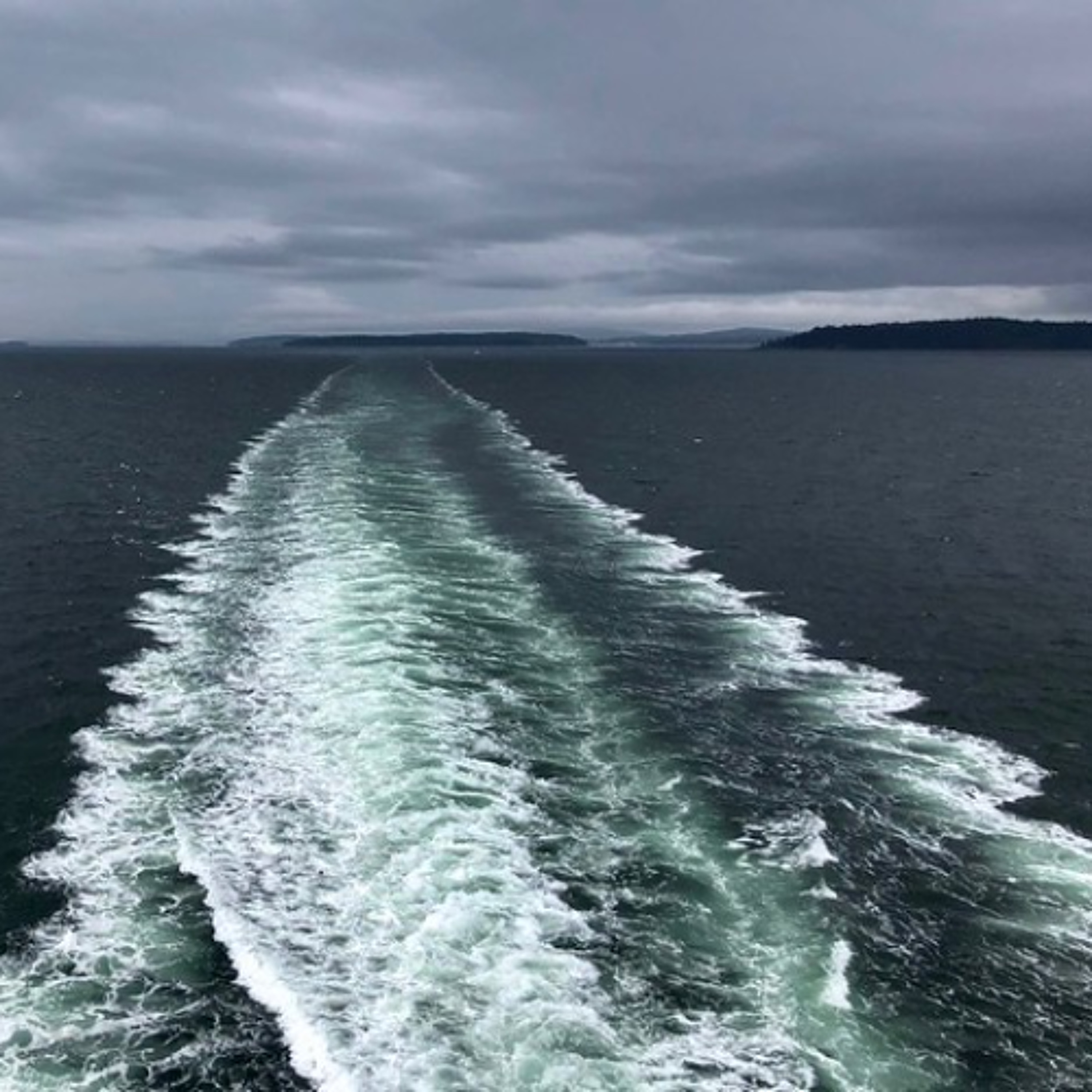New Major Vessels For A 21st Century Ferry Service
- Author
- roy.hales9.gmail.com
- Published
- Sun 15 Dec 2024
- Episode Link
- https://soundcloud.com/the-ecoreport/new-major-vessels-for-a-21st
Roy L Hales/Cortes Currents -BC Ferries currently deploys 11 vessels on its major routes that connect Vancouver Island with the Lower Mainland. Six of these are decades old and nearing the end of their effective service life. While the volume of traffic has significantly increased over the past three decades, there have not been any additions to the major routes carrying capacity since the Spirit Class vessels were introduced in 1993-94. Consequently, 60% of the vehicles using the ferry on a major route last summer had to wait for at least one sailing. In a bold move to bring this portion of its fleet into the 21st century, on Friday, December 13, BC Ferries applied to the BC Ferries Commissioner for permission to add 5 New Major Vessels (NMV).
Each of these new ferries is a diesel-electric hybrid, with the capacity to go 100% electric once the necessary infrastructure is in place. This would seem to open the door for a fully electric fleet at an as yet to be determined date in the future.
Meanwhile, according to their application, “The NMVs are expected to reduce tank-to-wake GHG emissions and well-to-wake GHG emissions by approximately 90 percent compared to fossil-fuel-based diesel in support of the Province’s CleanBC goals and GHG emission reduction targets.”
If this project is approved, the first of the NMVs should be deployed in 2029 and BC Ferries expects to add a vessel every six months until 5 are in service around 2031.
The plan is to replace 4 of the fleet’s oldest ferries with 5 larger new ones. This will bring the total number of vessels serving these routes up to 12.
If this plan proceeds as planned, BC Ferries will increase the routes’ carrying capacity up to 28% for passengers and 19% for vehicles.
However their application warns, “If only four ships are approved, BC Ferries’ capacity growth will fall behind population projections for our region, meaning delays, waits and the risk of breakdowns will be worse than they are today when we are already feeling the impact of the lack of resiliency in the fleet. By approving all five vessels, the Ferry Commissioner will help ensure BC Ferries can keep pace and improve how it serves our region, with additional resiliency during refits and breakdowns, greater capacity in peak season and year-round, and demonstrable benefits to our climate with cleaner fuels (and the option for electric power) and less noise pollution.”
The British Columbia Trucking Association estimates that ferry cancellations, breakdowns, and delays can cost up to $100 million per year, every dollar of which is passed on to consumers.
These new ferries are expected to reverse this trend, enabling an increase of over $240 million worth of additional cargo by 2035. They are also projected to enable the introduction of another 130,000 incremental tourists to the islands.
The current scenario is to deploy 3 NMVs on the Tsawassen to Schwartz Bay route (#1) and 2 on the Tsawassen to Duke Point (#30) run during peak season.
Any additions to the Horseshoe Bay - Nanaimo route (#2) will preseumably be made by 2027, by which time BC Ferries hopes to have 7 NMVs deployed.
Some of the additional features mentioned in the BC Ferries press release include:
“The NMV propulsion systems are being designed to reduce underwater radiated noise, which poses a known risk to the health of at-risk marine life, including the Southern Resident Killer Whales.”
Wider walkways on the ferries, designed to accomodate large wheelchairs.
“new kids’ play areas and updated food service offerings still in the process of being designed.”
“new pet amenities on the passenger deck, including stainless steel kennels, semi-enclosed seating for owners and pets, a handwashing station with hot and cold water, pet relieving areas with artificial turf, and a dog drinking fountain.”
